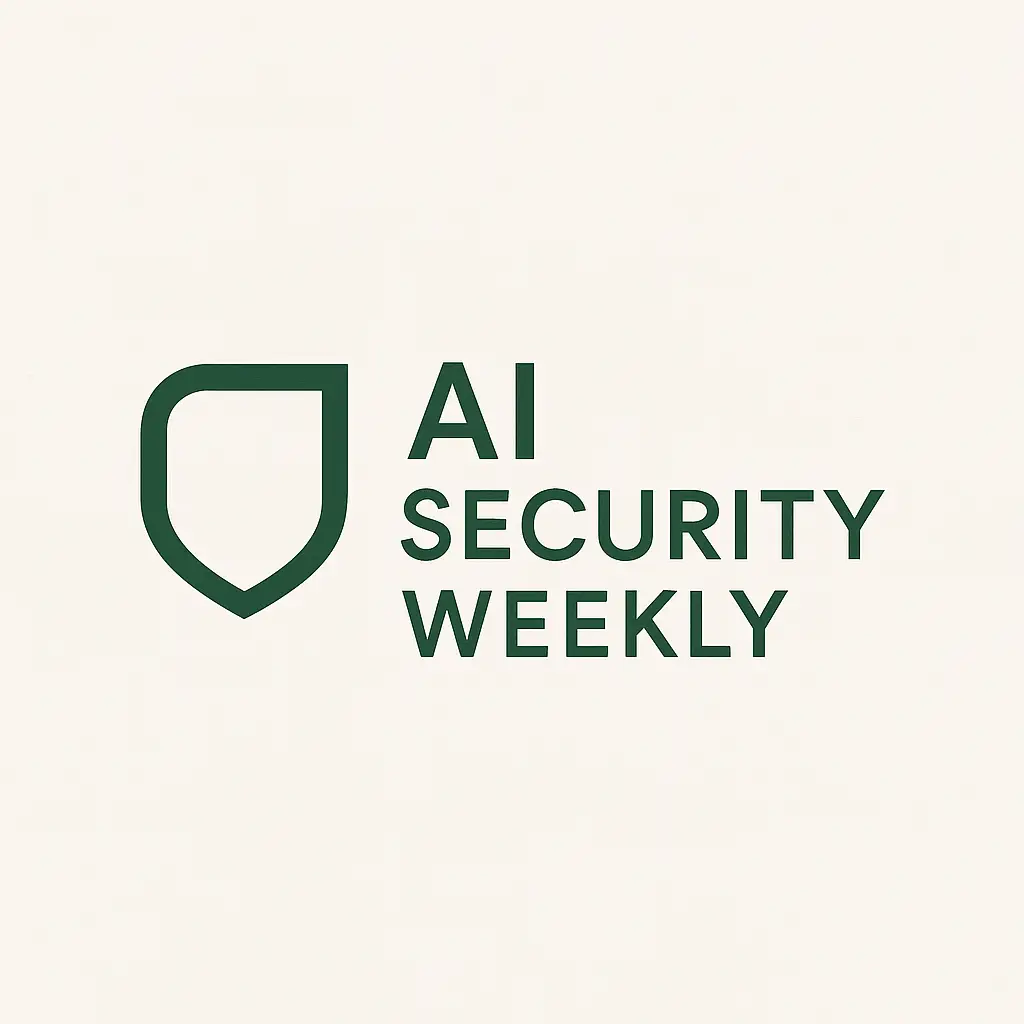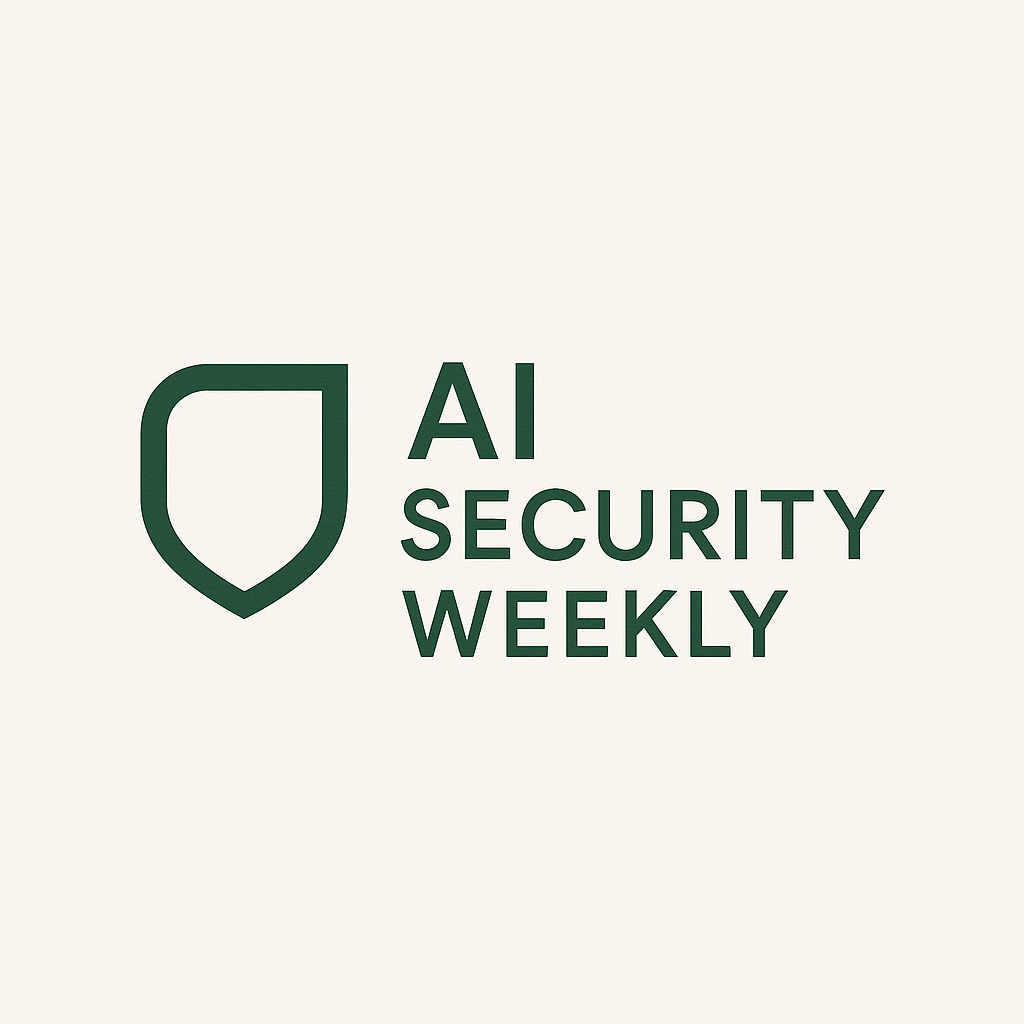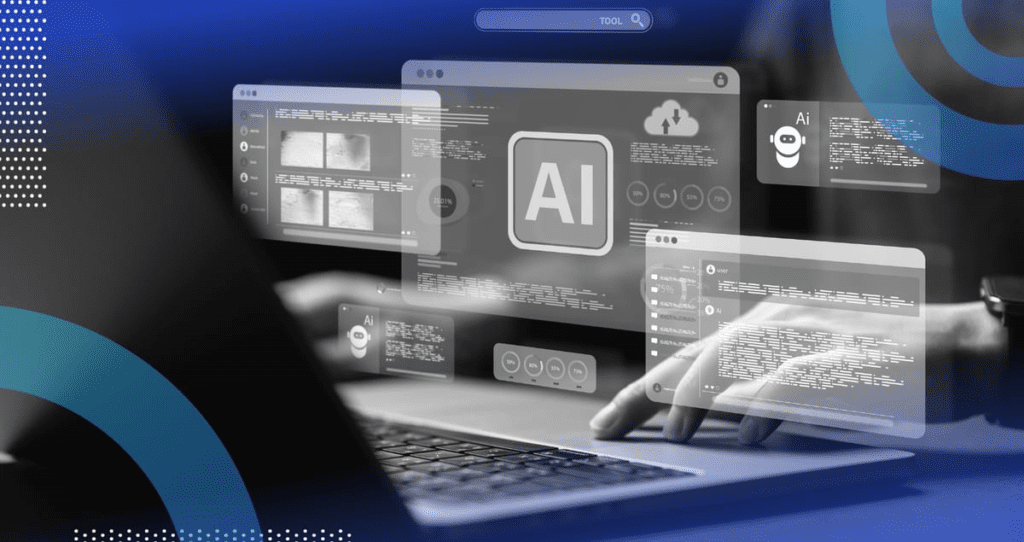Generative AI has transformed the landscape of software development, providing programmers with tools to accelerate coding, automate redundant tasks, and even create operational code snippets. A recent Stack Overflow developer survey revealed that a significant portion of developers are currently utilizing or planning to integrate generative AI tools into their workflows. These instruments offer promises of accelerated development processes, automation of monotonous tasks, and heightened productivity. However, their increasing use bears inherent limitations that can lead to significant challenges if developers rely on them without question.
1. Debugging Across Disparate Systems
While AI debugging tools can resolve isolated syntax errors effectively, the complexity of debugging in real-world settings far exceeds their capabilities. Modern applications typically involve microservices, APIs, distributed databases, and various infrastructure elements. When debugging requires tracing faults across numerous systems, AI encounters limitations due to its inability to comprehend how interconnected services operate in concert. Debugging often necessitates intuition, experience, and an understanding of specific business logic—qualities absent in AI.
2. Predicting Real-World Performance Impacts
Although AI-generated code may function adequately within testing environments, there’s no guarantee of its performance in production. Often, performance issues arise from unforeseen hardware limitations, concurrency problems, or database inefficiencies—factors that AI cannot predict when coding. A study from Waterloo University regarding GitHub’s Copilot revealed that AI-generated code could introduce performance bottlenecks, demonstrating that while functional, it may not always optimize performance.
3. Complex, Multi-Step Code Refactoring
AI may assist with minor code enhancements, such as variable renaming or function simplification. Still, large-scale refactoring requires a deep understanding of architectural changes, dependencies, trade-offs, and maintainability, areas where AI struggles. Research indicates that nearly half of AI-generated code snippets can contain bugs, which could negatively impact system functionality.
4. Conducting Code Security Audits
While AI may yield functional code, it does not inherently ensure security. Security vulnerabilities typically originate from logical errors, access issues, or misconfigurations, which AI often struggles to detect. Although AI-driven security scanners can flag common insecure patterns, they cannot replace comprehensive security audits performed by human professionals.
5. Generating and Testing Application Configurations
AI tools excel at generating infrastructure-as-code templates but struggle with application configurations that rely on business logic and real-world contexts. These configurations determine essential application behaviors. Although AI can produce valid YAML or JSON files, it cannot ensure that the generated configurations are appropriate for specific systems. Effective configuration management requires human insight to accommodate operational constraints and historical performance data.
Use AI as an Assistant, Not a Replacement
Generative AI serves as a valuable coding assistant, but it should complement rather than replace human developers. While AI can automate routine coding tasks, make simple suggestions, and identify potential issues, it lacks the reasoning capabilities required for complex debugging, performance forecasting, architectural decision-making, comprehensive security evaluations, or detailed configuration management.
Developers must apply caution when utilizing AI tools, ensuring that AI-generated recommendations undergo scrutiny by human expertise. Understanding AI’s limitations while leveraging it as a supportive tool is essential for maximizing its benefits. While AI can enhance productivity, the developer’s knowledge and experience remain vital to the success of any software project.




